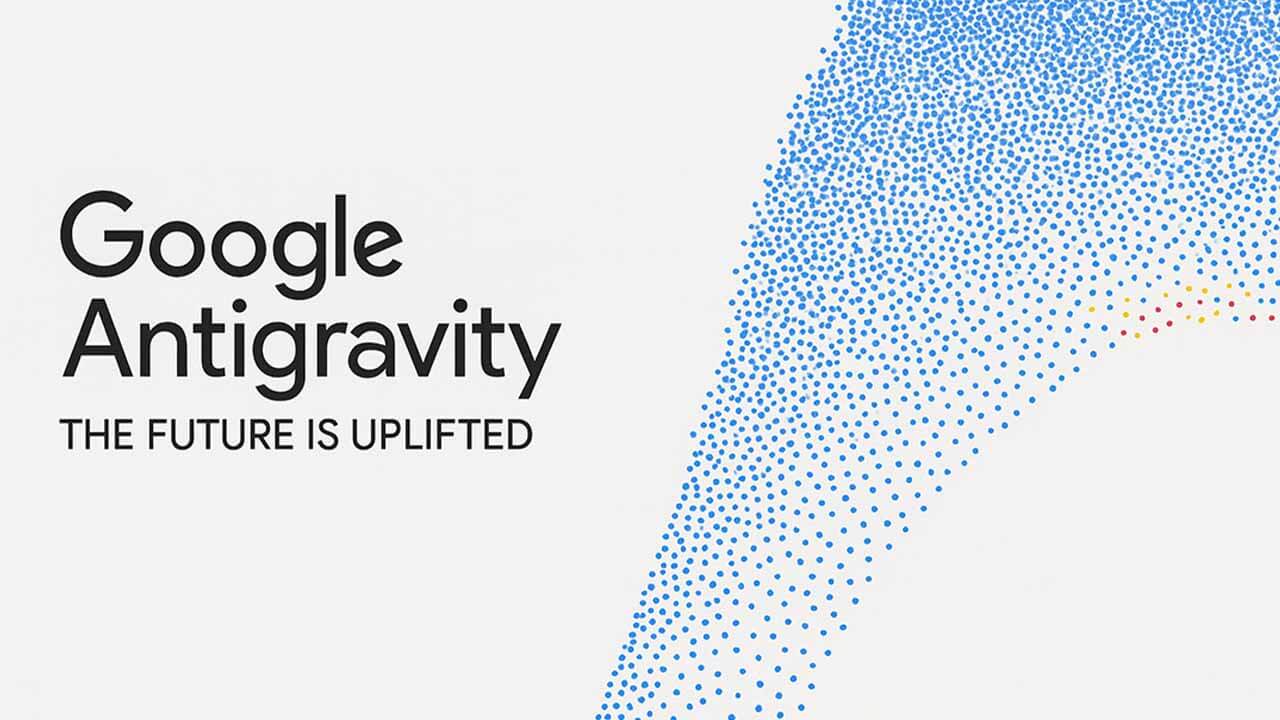In a digital ecosystem dominated by complex algorithms, machine-learning innovations and ever-evolving search technologies, there exists a delightful outlier that continues to charm curious users — Google Antigravity. While not a scientific breakthrough or a futuristic research project (despite its intriguing name), Google Antigravity is one of the most imaginative web Easter eggs created by Google's engineers, celebrated for its playful defiance of digital norms.
What Exactly Is Google Antigravity?
“Google Antigravity” refers to a whimsical interactive page created by inventive developers, often discovered on websites mimicking Google’s classic homepage. When a user visits one of these versions of the page, every element — including the logo, search bar and buttons — appears to float, drift or fall as though freed from gravitational pull.
This creates the illusion that the interface is weightless, suspended in mid-air, or behaving like objects in a physics simulation. The result is an amusing, immersive and slightly surreal experience that stands far apart from Google’s typically clean, structured interface.
Why Does Google Antigravity Still Trend?
Despite being more of a novelty than a functional feature, Google Antigravity continues to generate search queries, social-media mentions and blog discussions for several reasons:
1. Nostalgia for Google’s Easter Eggs
Google has a long history of hiding playful surprises in its ecosystem — from Do a Barrel Roll to Askew and Google Gravity. Antigravity belongs to this beloved family of experiments that spark curiosity and nostalgia.
2. A Showcase of Web Creativity
These antigravity simulations demonstrate the creative potential of JavaScript, physics engines and DOM manipulation, inspiring students, developers and digital artists to explore the boundaries of interactive design.
3. A Fun Escape From the Ordinary
At a time when digital platforms prioritise performance, speed and compliance, users appreciate random pockets of joy. Google Antigravity offers a moment of levity — a break from conventional browsing.
4. Share-worthy Content
Floating buttons and drifting logos make for quirky screen-captures and viral reels, which helps the trend resurface repeatedly.
How Google Antigravity Works (Without Getting Too Technical)
Although often misunderstood as an official Google product, these antigravity pages rely on clever programming, not any secret experimental technology.
Here’s the simplified explanation:
- The webpage elements are turned into interactive objects.
- A physics script assigns them properties such as mass, velocity and collision behaviour.
- Gravity is set to zero, or sometimes reversed.
- JavaScript libraries, like Matter.js or Box2D, simulate real-time physical movement.
- The result: elements drift freely, collide, bounce or float around the browser window.
In essence, it is a physics playground disguised as a search engine interface.
Learn more about the Google Antigravity
Is Google Antigravity an Official Google Feature?
No — Google has never released an official antigravity tool or feature. Most versions are fan-made projects created to mimic Google’s UI for fun and experimentation.
However, the consistency with which people search for it online demonstrates how powerfully Google’s brand identity inspires creative reinterpretation.
What Makes It Interesting from a Tech Perspective?
For digital agencies, developers and UI/UX designers, Google Antigravity represents:
1. A Study in Human-Centred Delight
Even the simplest surprise feature can improve user engagement and emotional connection.
2. A Micro-Experiment in Physics-Based UI
Physics-driven interfaces are a rising trend in animation-rich web design, gaming and interactive storytelling.
3. An Example of Code as Art
It illustrates how technical skills can be blended with imagination to create something purely for enjoyment — no KPIs attached.
Why Users Search “Google Antigravity” Even Today
Some search for entertainment, others for nostalgia, and many simply because they heard about it through social media trends. But there’s also a deeper reason:
Humans are fascinated by anything that challenges the laws of nature — even if it’s only on a webpage.
The idea of "antigravity" fuels our curiosity, inviting us to explore what technology might accomplish in the future.
Is Google Antigravity the Future of Interfaces?
While Google isn’t planning to make search results float anytime soon, physics-based interfaces are gradually becoming mainstream, especially in:
- Immersive web experiences
- Product showcases
- 3D websites
- e-learning modules
- Metaverse and VR environments
This means experiments like Google Antigravity could inspire future trends, blending functionality with playful motion.
Final Thoughts: A Fun Reminder That the Web Can Still Surprise Us
Google Antigravity stands as a quirky reminder that the internet isn’t only about speed, data and optimisation — it can still be fun, imaginative and creative. Whether you’re a developer, a digital-marketing expert or simply a curious user, this floating interface offers a brief escape from the seriousness of the modern web.
And in a world racing towards automation and AI, a little digital magic is always welcome.




